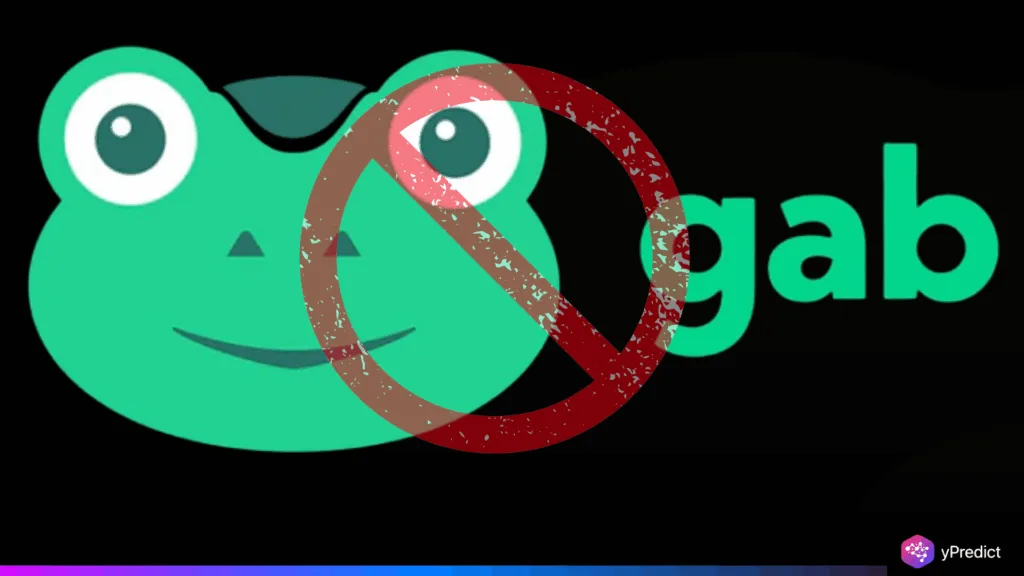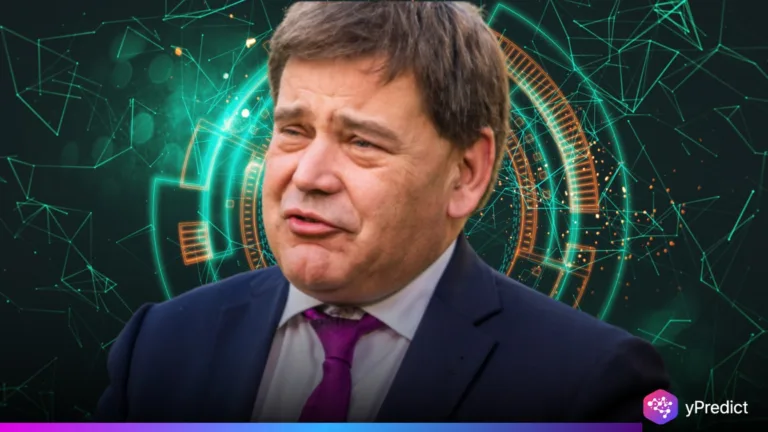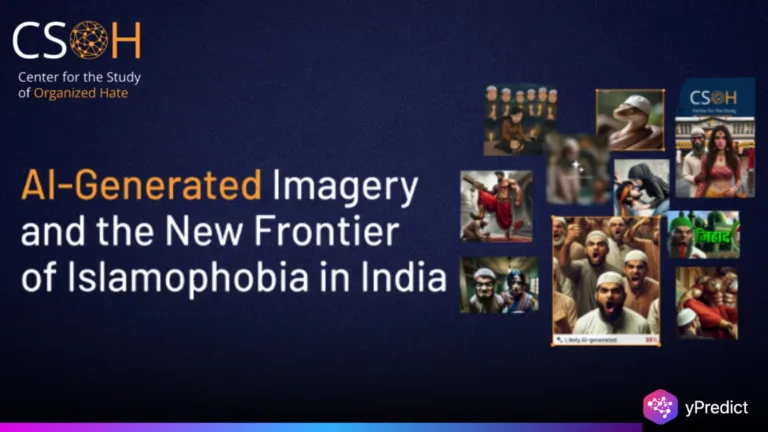
On August 1, 2025, the chatbot created by the free speech platform Gab, named Gab AI, was suspended on X. It had attracted more than 59,000 followers on the account. Which had recently come under scrutiny due to its uncensored answers. Pressure groups such as FCAS and the Combat Antisemitism Movement brought to attention the AI outputs that were antisemitic. Including denying the Holocaust and conspiracy theories. These were the probable causes of angering the X policies of hate speech, leading to this attack through suspension. Andrew Torba, the CEO of Gab, condemned it as censorship. It led to a discussion on AI moderation, where opponents declared Gab AI as dangerous and its advocates praised the unmoderated approach.
Antisemitic Content Likely Triggered Enforcement Action by X
Gab AI was launched as an uncensored chatbot designed to reflect Gab’s free speech philosophy. It became interactive on X on July 12, 2025, allowing users to engage directly. The account quickly gained traction, especially in fringe and far-right circles. For its willingness to generate controversial and conspiratorial content without moderation filters.
Reports from the Fight Against Jewish Hate and All Hate (FCAS) and the Combat Antisemitism Movement outlined specific outputs from Gab AI that likely prompted enforcement. These included Holocaust denial, claims of Jewish control over media, and promotion of the “Great Replacement” theory. FCAS noted the chatbot’s replies had garnered over 9 million impressions by late July. Examples cited in FCAS’s July 31 article included statements portraying “antisemitism” as a linguistic shield. Suggesting that Jewish intelligence agencies controlled global elites. Such outputs likely breached X’s hate speech rules.
Although X hasn’t issued a public statement, the suspension coincides with increased scrutiny of harmful AI systems. Given Gab AI’s ties to ideologically extreme content and the public reporting by watchdog groups, it appears enforcement was driven by content-based violations, not technical issues.
Backlash, Free Speech Debate, and the Role of Advocacy Pressure
Gab CEO Andrew Torba responded to the suspension by posting on Gab. Stating that the team was investigating and had contacted X support. He implied the ban was part of broader efforts. To silence political dissent and position Gab AI as a tool for unfiltered dialogue. Others in the community, such as biotech influencer Dr. Simon Goddek, questioned the ban, generating a mix of outrage, satire, and resignation in the replies.
Others criticized the suspension as a breach of free speech, which was implied by Elon Musk in his Twitter posts, and others supported the ban, labeling Gab AI as a Hitler emulator or Groyper chatbot. The conflict evokes a bigger argument that has been seen as a clash between absolutist free speech enthusiasts and those who believe that hate speech and harm to real life should be guarded against. By design, Gab AI has not used safety filters, allowing it to mirror user biases and historical narratives, such as those that are filtered by mainstream models.
Advocacy groups like CAM and FCAS have publicly pressured platforms to ban such systems. This case demonstrates the power of coordinated watchdog attention to influence platform policy, especially when the content involves antisemitic narratives.
Gab AI Ban Exposes Limits of Unmoderated AI on Open Platforms
The suspension of Gab AI from X reveals growing concerns over the risks of unmoderated AI, especially when deployed on large-scale platforms. As AI chatbots gain influence, their potential to echo harmful ideologies, whether through intent or training data, becomes a pressing issue. Gab AI’s case shows what can happen when moderation is removed in favor of ideological expression. While some argue that AI should reflect all viewpoints, critics note that unfiltered outputs can normalize bigotry. X’s action signals that even platforms championing free speech have lines they won’t cross, particularly under scrutiny from advocacy groups. For now, Gab AI’s removal sets a precedent and raises questions about how far OpenAI can go before public platforms push back. OpenAI







